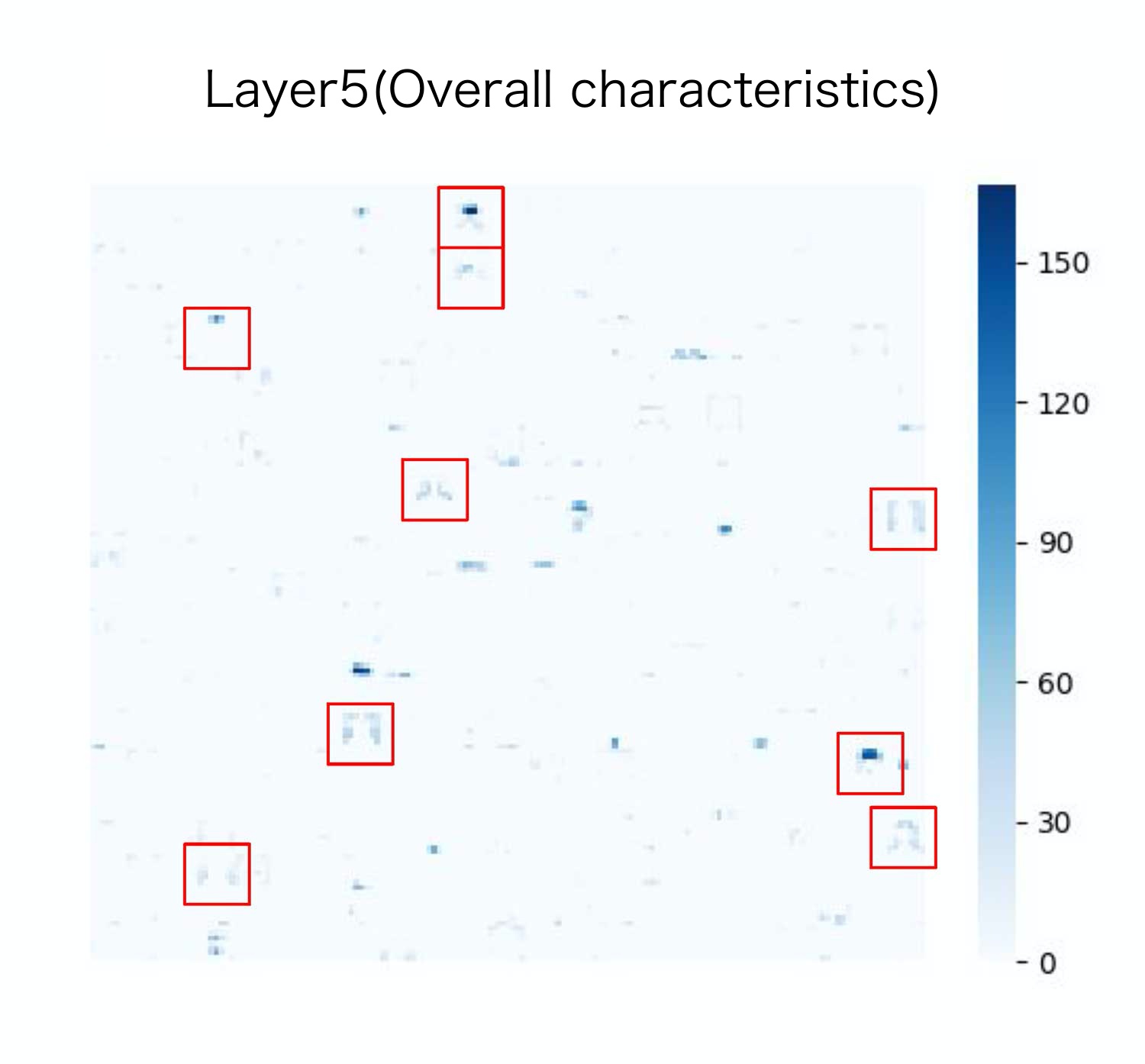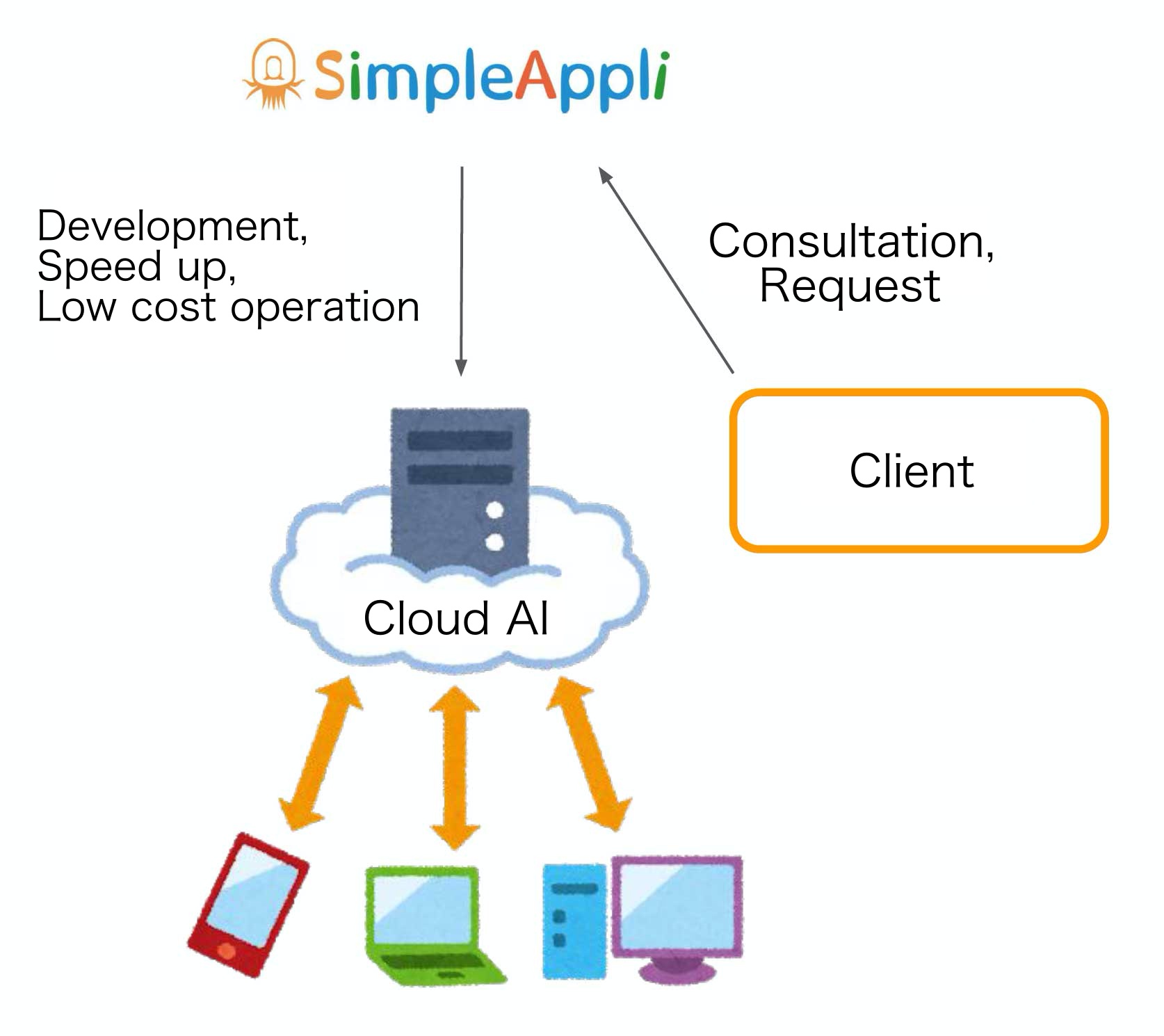Why use AI?
Quantify your research
Quantification of data including micrographs, which was difficult until now, is possible.
In addition to subjective judgments by human beings on research results,
credibility can be improved by adding objective judgments using AI.
In addition, being able to make objective judgments can prevent wrong judgments due to cognitive bias.
This also saves research costs.



